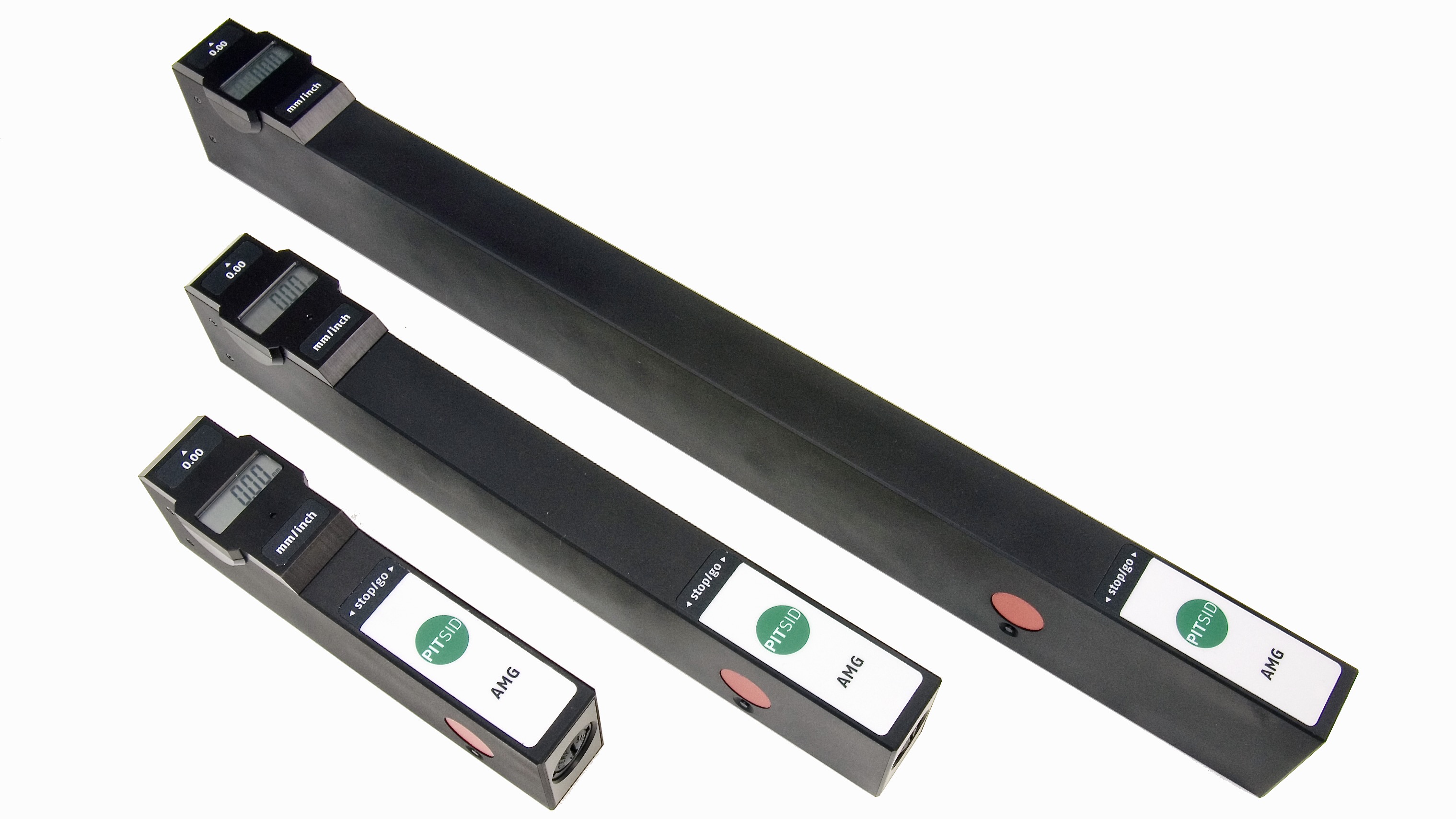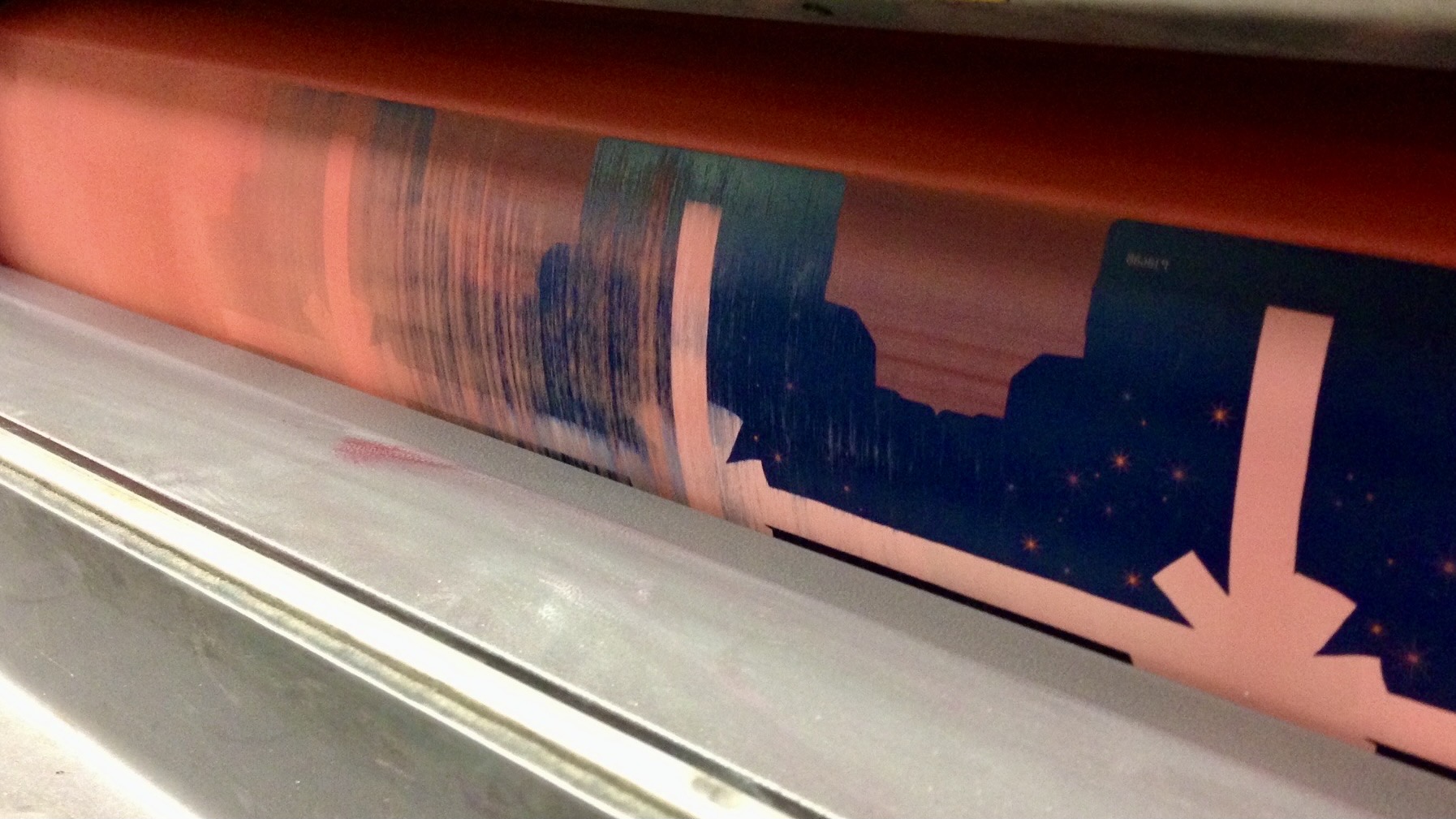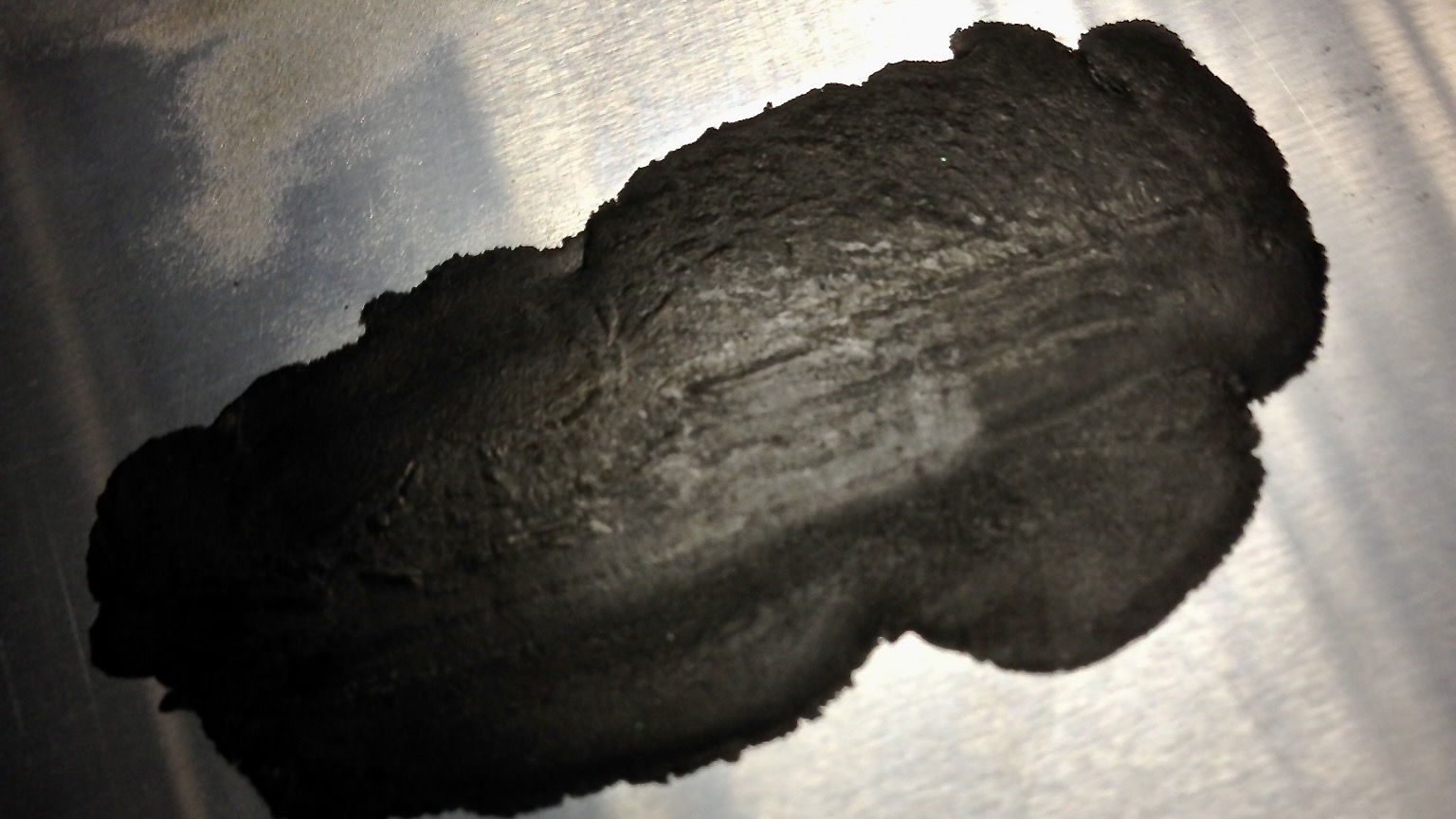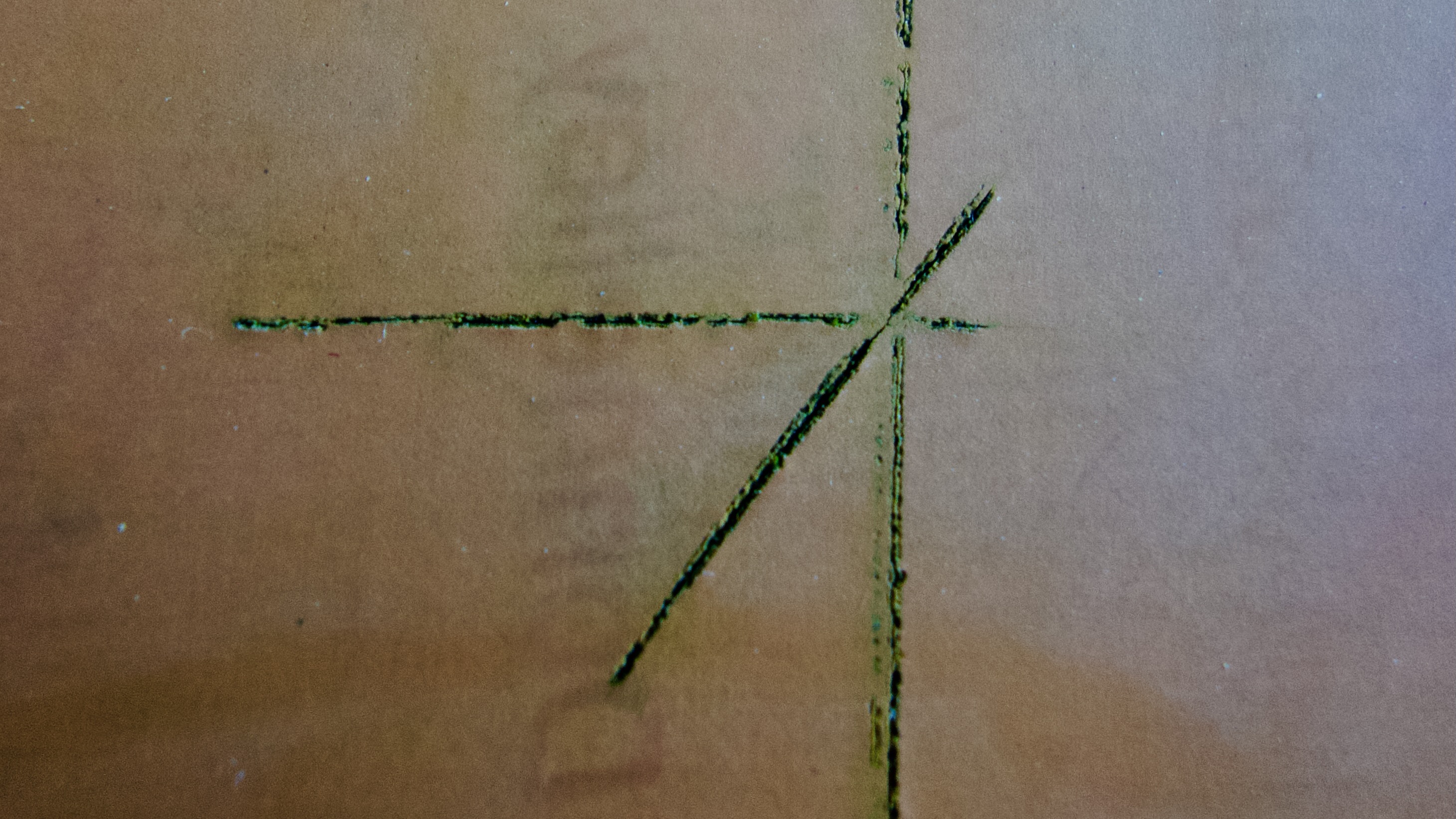 The printing blanket remains at the core of offset lithography.
The printing blanket remains at the core of offset lithography.Dear readers, it was unexpected the overwhelming response to the article 'The Achilles Heel of Printing Presses,' Everything you should know about the ink ductor rollers, published in English and Spanish, Feb 25, 2021. However, I was also moved by the interest that sparked Komori's series that explores the Komori innovation timeline. I find it engaging to be involved in printing as a medium.
The reproduction process has been central to my professional career because it keeps me interested. In addition, it has been exciting to implement so many transformational technologies and innovations from the very beginning. From alcohol-free Fountain solutions to waterless offset, from vegetable-based to UV inks, from Desk-Top-Publishing (DTP) to Direct to Plate, from FM screens to Extended Colour Gamut, from inline cold-foil to colour process control with InlineColorPilot, and so many other automation systems in the printing press.
In addition, it is fascinating to learn about how so many technologies are constantly evolving, and innovations are steadily converging, touching the graphic arts industry and, in some cases, becoming transformational milestones where specific applications are required.
As I look back, Drupa and Interpack were where I explored, learned, and get inspired and grow professionally. This time I decided to explore the role of the blanket in the offset lithographic printing process. This article might change your views entirely about lithographic blankets and hopefully leave you with some positive input, helpful tips and spark a productive conversation.
Sadly, it is hard to find information about the man who invented the offset lithographic printing process. To most accounts, Ira Rubel's invention changed an industry by accident and created the first offset printing press over 100 years ago. Rubel was born in Chicago, died at 48 in England, and never enjoyed a celebrity's life. His invention was not welcome with open arms as letterpress dominated the industry. But by 1960, most printing was done by offset. Today the industry worldwide is worth 800 billion USD.
Blankets in offset lithography are the final delivery transfer system that determines stability, and they are central to the reproduction quality of the offset lithographic printing process. This mechanical engineering principle applies to all offset printing presses and applications such as UV, security, to digital printing.
It is evident in the latest introduced technologies of the plateless Landa inkjet lithographic offset printing process; the blanket is the key to the engineering miracle known as Nanography. A heated and endless flexible belt loop (blanket) transfers directly into the substrate at high speed, the freshly made image of multicolour nano ink sizes droplets layer of ink delivered by the impression station of the inkjet nozzles.
Two distinctive characteristics group blankets into compressible and noncompressible; compressible produces sharper and consistent dot gain. In addition, the compressible blankets display a minimal distortion at the nip contact point against the plate cylinder or substrate surface.
Blanket construction has evolved over the years. However, since the introduction over forty years ago of Expancel microspheres by Nouryon of Sundsvall, Sweden, enhanced compressibility and improved printing blankets' resilience changed blanket manufacturing forever.
The printing blanket architecture consists of a back of reinforced heavy-gauge sturdy cotton woven fabric known as the carcass. Often include polyester yarns. This fabric also has a weft to add dimensional stability to the material.
The blanket structure also has inner interwoven, thinner fabric layers, depending on the thickness and the compressible layers. The high melting thermoplastic Expancel microspheres consist of a polymer shell that encapsulates a gas; when heated, the gas expands up to 60 times its original volume sizes without increasing its weight, allowing it to be a lightweight filler and a blowing agent.
Another valuable property of Expancel in the lithographic offset printing process is reducing vibrations that enable a consistent, controlled transfer of the freshly formed ink film layer to the substrate. The sizes of these microspheres in blankets range from 50 to 120 µ, with an average diameter of 90 µ uniformly distributed throughout the elastomer. These lightweight microspheres in lithographic blankets reduce costs and environmental impacts by requiring less raw materials. The final slow curing vulcanization process bonds the layers together, forming an interlinked structure.
Before blanket manufacturing, the cotton woven fabric known as the carcass undergoes washing, drying, stretching to reduce residual fabric stretch. During manufacturing, QC materials ensure the stretch index properties to the minimum and high tensile strength to enhance blanket dimensional stability to support performance and tension around the blanket cylinder. Depending on the intended application, the blanket might include several layers of fabric and compressible layers.
In addition, increased press speed demands the latest blanket construction technology to withstand successive and repetitive pressure-pounding contact between the plate and blanket cylinders and blanket against the substrates.
Blanket tensioning should always follow the manufacturer's suggestions. Based on my professional experience, the ideal point of blanket tensioning is when the printing blanket is squarely mounted and adequately packed to specs and doesn't display visible or measurable directional slurring or doubling during printing.
It might take a few press trials to establish the most desirable and stable tensioning conditions. It is best to torque blankets and let it run with the impression ON for two minutes and retightened. At that point, you have established or restored the original printing conditions. 
Note that it is vital for UV printers not using LED curing systems to consider the heat exposure factor on the blankets. Most blankets tend to stretch more under extreme heat exposure, but they reach a plateau, and they tend to stay there.
The blanket surface varies depending on the kind of application. For packaging applications, it is ideal a rough surface to improve transferability and reduce tack at the point of contact with the substrate.
I had the opportunity to use Pearl finish from Continental inline cold foil application on Manroland Evolution presses.
The glass beads surface with approximately 7,000 ultrafine glass beads anchored in the top layer per square centimetre and hardness 20% higher than compressible blankets, applies the right kind of surface distributed pressure to allow the foil's clean edge and smooth peel off.
In Nanography, the nano ink droplets spread on an especially treated blanket and heated to 120 C temperature to create a thin ink layer transferred to the substrate under pressure.
Cylinder alignment, blanket gauge, and squareness are critical mechanical parameters in offset printing. Cylinder bearers' pressure needs to be check and adjusted from time to time to meet the required specs. Bearers are the only reliable and accurate physical reference of the cylinder contacts. Blankets gauge difference from edge to edge, and squareness are not manageable at the press. These manufacturing and conversion issues are present mainly in large sizes blankets.
The parallelity and contact between the plate and blanket cylinders are critical for the consistent and stable image transfer. It is advisable to check if all printing units in multicolour presses have comparable pressure. Press mechanics use a highly accurate method to check cylinder bearers' pressure. But operators can check cylinder pressure using the well-known thumbprint method. For press mechanics, the Gap Control Gauge is very useful and quick to assess cylinder parallelity.
The same goes for squareness, as blanket conversion from large rolls done by hand sometimes leads to human error. The critical steps conversion process includes cutting and aluminum or steel bar mounting. Both steps can produce a blanket out of squareness. Blankets out of squareness make uneven tensioning around the blanket cylinder and cause internal fit problems in multicolour printing.
For quality control inspections, use a reliable thickness gauge instrument. The E. J. Cady & Company has been making measuring instruments for 128 years, since 1893. They manufacture a range of ASTM and TAPPI-approved analog and digital micrometres. I recommend the dead weight, analog, bench-style micrometre model DWL that allows measurement at the center and the edges of blankets. They also provide a delayed-action mechanism to reduce the speed at which the upper anvil descends. The delayed action mechanism assures any operator of a constant anvil 'strike' pressure each time the micrometre handle is released.
It is essential to have handy a packing gauge to check the actual height of blankets to the cylinder bearers. I have used many kinds of packing gauge instruments, and I realized that there isn't a fits-all instrument.
I find the most practical packing gauge system available is from PITSID, Sächsisches Institut für die Druckindustrie GmbH. They have gauges for different cylinders' sizes, which is a key for a quick blanket inspection, and they are responsive and easy to use.
Some blankets are more resilient and adaptable to substrate gauge differences, particularly with paperboard substrates. It is advisable with long production runs to wash blankets even if printing is within the quality standard as accumulated substrate debris tends to pit the blanket surfaces.
A well-designed blanket will bounce back from an event such as smash or surface depression caused by the accidental running of a foreign object or multiple sheets of paper through the impression nip—also, paper line formation.
Remove the affected printing blanket from the press and let it rest flat. Often the smash recovers. If a smash-affected area remains, patching it will extend the life of the printing blanket. A dry solid can easily indicate the affected area to fix. Make sure to change the underlying paper packing as it is the first layer that gets damaged by smashes. What is not fixable are cracks on the blanket surface.
Avoid packing underlayer sheets to extend or wrap beyond the blanket surface into the cylinder gap. Instead, cut sheets at a slight angle, so they feather out within the cylinder chamfer area to allow a smoother rolling-off function under pressure—printers in Germany use this procedure with great success to avoid ON and OFF impression pressure bumps-streaks.Some mindful tips are worth keeping present for press operators under pressure to stay focused on quality, colour reproduction, and process control tasks.
1- Check the automatic blanket washing systems and don't assume they are fully operational. They are reliable press support systems, but often, these systems need preventive maintenance. In addition, mechanical or pneumatic issues can easily prevent them from performing as expected. 
2- Avoid solvents that might swell or damage the blanket surface. Often the use of harsh solvents tends to harden the rubber surface and reducing effective ink transferability.
3- Ensure ink build-up is not piling in the back cylinders.
Dry ink creates a hard lump that makes low spots on the blanket surface, particularly in UV printing. Residual ink spots or picture-frame hardens in impression cylinders. Use scrapers to remove those ink lumps spots, carefully collect them, and not let them accumulate inside the press.
The most popular scraper used for impression cylinder cleaning is the Stanley 28-500 Razor Blade, which is inexpensive and effective.
If safety concerns don't allow the use of sharp tools at your company, a basic scraper will do the job.
4- Visually check blankets periodically. Often, towards the end of interdeck UV lamps' life cycle, they tend to get weak at the ends first, making the ink sticky and piling in the next printing unit. This blanket piling causes the blanket to embossed the surface beyond repair. Set interdeck UV lamp output to the required curing to the press speed and coverage and not to the maximum. Excessive heat ages blankets. 
5- Avoid scratching by hand a side-lay on plates.
This common bad practice causes blanket surface damage—any burr in the plate surface damages blankets and premature wear or damage on all the rollers that touch the plate. If you have been doing this, demand pre-press to include the side-lay marks on the image template. 
6- Do not overpack blanket to increased dot gain. The excessive pressure will age the blanket early and cause plate wear across the entire reproduction range. In addition, ON and OFF impression pressure bump-streaks will appear in printed solid areas, and vibrations amplified by the excessive pressure reverberate, creating new ink roller streaks throughout the ink train, including the dampening system. These mechanical interferences ultimately adversely affect printing quality. Also, the packing tends to ripple under the blanket.
7- If a water leak of the dampening system happens by accident, make sure to check blankets underlayer sheets as they might become wet and damaged.
The Finito blanket system combines two main advantages against traditional practices. One is an improved reproduction quality, and the second helps reduce the downtime of the blanket change procedures. The under-packing from Finito increases the resistance to mechanical stress, provides improved dimensional stability to the blanket, and offers a more reliable reproduction range from excellent fine screening to smooth solid reproduction. The revolutionary Finito under-packing solution with a shore hardness of 86 replaces conventional calibrated papers with a new, longer-lasting thermoplastic polyurethane material. And it reduces more than 50% of the downtime for blanket replacement procedures. If you wish to learn more about the Finito Blankets system at printgraph-group.com or contact my friend Massimiliano Belardinelli directly at +339 7080894.
The author's first-hand field experiences expand several years in printing equipment installations, process optimization, waste reduction, and operator's training. He is bilingual in English and Spanish and a G7 Expert.
This article intended to reach the graphic arts industry company's owners, directors, managers, technicians, mechanics, maintenance professionals, press operators, QC technicians, process control of materials, or anyone directly involved in the printing process interested in process optimization, quality, and waste reduction.

Thu June 27th
Hiflow solutions offers...
Windows-based app gives users an easy-to-use imposition solution to replace costly and error-prone manual imposition processes.
Wed June 26th
Top 8 mind blowing prin...
While printing may appear to be a simple process, there are some interesting facts about this art form that you may not be aware of.
A comprehensive guide t...
As the world of e-commerce continues to expand, Shopify has emerged as a leading platform for businesses looking to establish a strong onlin
Tue June 25th
Factor druk bombed by r...
The story must be told, and we have decided to send Editor-in-Chief, Morten B. Reitoft to Kharkiv
Sun June 23rd
Respect for innovation ...
The small Danish company OnPrint has developed a sustainable alternative to a Roll-Up - now Patent Pending
Fri June 7th
Designnbuy releases des...
Dallas, Texas – DesignNBuy, a leading provider of web to print solutions, announced the launch of DesignO 2.0, a revolutionary web to print...
Wausau container corpor...
Paperboard manufacturer positions itself for the future by embracing an automated Industry 4.0 solution.
Thu May 30th
Spencermetrics showcasi...
SpencerMetrics will be present at 3 booths during Drupa 2024 - Horizon, HP, and EMT
Designnbuy releases des...
Dallas, Texas – DesignNBuy, a leading provider of web to print solutions, announced the launch of DesignO 2.0, a revolutionary web to print...
5 reasons why printing ...
Dallas, Texas – DesignNBuy, a leading provider of web to print solutions, announced the launch of DesignO 2.0, a revolutionary web to print...
Subscribe
Subscribe to our INKISH newsletter
Login
New User? Signup
Reset Password
Signup
Existing User? Login here
Login here
Reset Password
Please enter your registered email address. You will recieve a link to reset your password via email.
New User? Signup